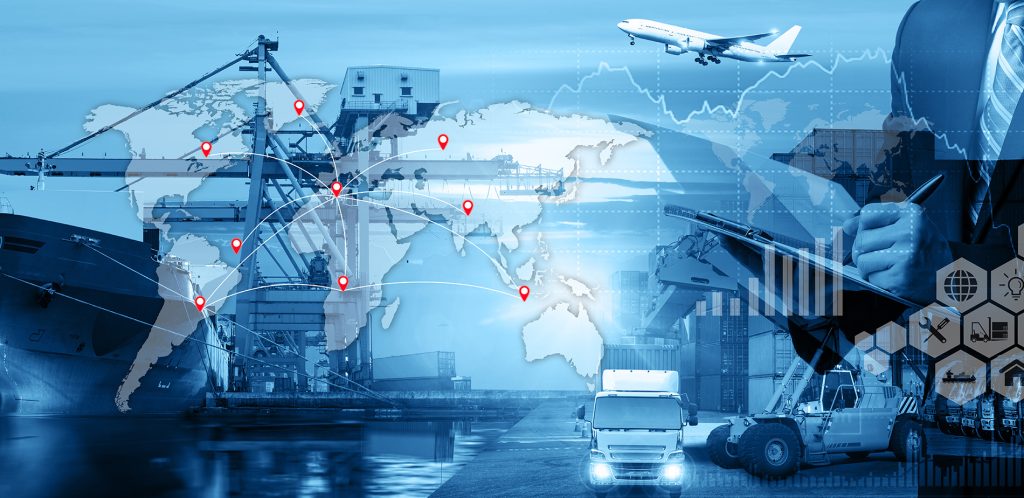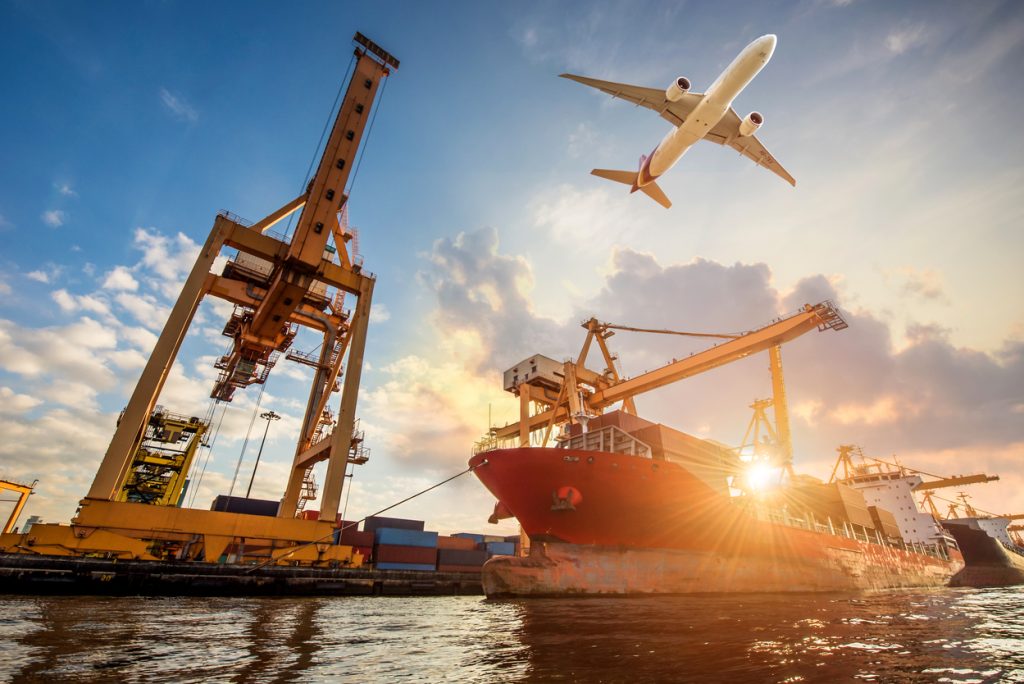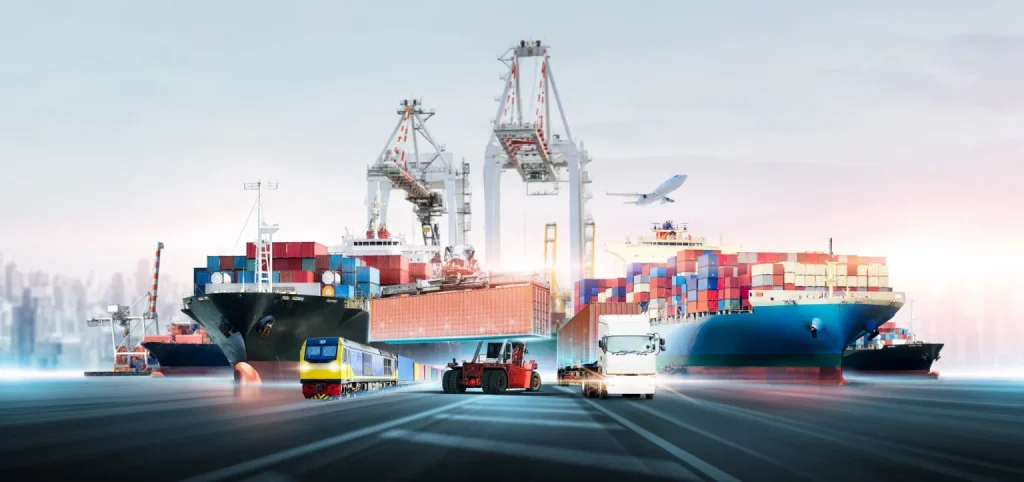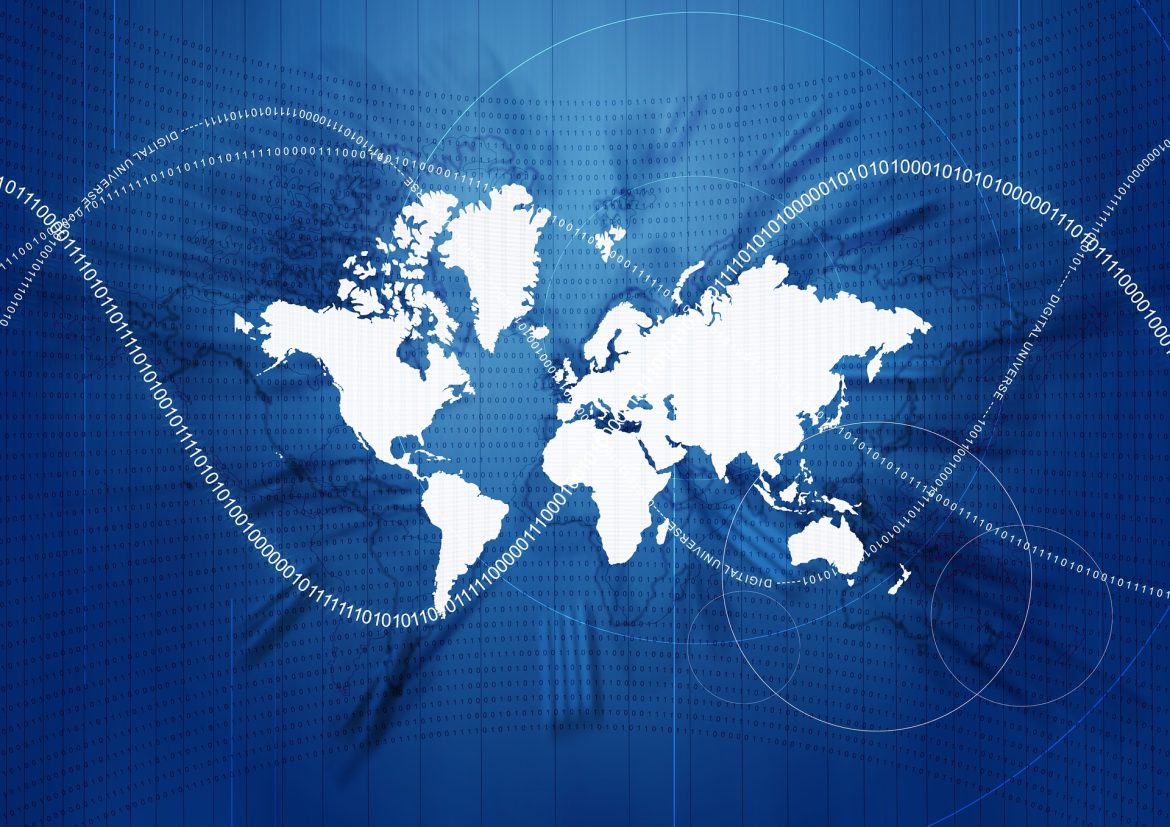Global trade dynamics encompass the complex and ever-changing patterns of international trade, including the flow of goods, services, and investments across borders. Understanding these dynamics is crucial for businesses, policymakers, and economists as they navigate the global marketplace. This article explores key aspects of global trade dynamics, including the factors influencing trade, current trends, and their implications for the global economy.

Factors Influencing Global Trade Dynamics
- Economic Policies: Trade policies and agreements between countries significantly impact global trade dynamics. Tariffs, trade agreements, and trade barriers can affect the flow of goods and services.
- Trade Agreements: Bilateral and multilateral trade agreements can facilitate trade by reducing tariffs and trade barriers between participating countries.
- Global Supply Chains: The structure and complexity of global supply chains influence trade dynamics by determining how and where products are sourced, manufactured, and distributed.
- Outsourcing and Offshoring: Companies often outsource or offshore production to take advantage of lower costs or specialized skills, impacting trade flows and economic relationships.
- Technological Advancements: Innovations in technology, such as automation, digitalization, and e-commerce, have transformed global trade by improving efficiency and expanding market access.
- Digital Trade: The rise of digital platforms and e-commerce has enabled businesses to reach global customers more easily and conduct transactions online.
- Geopolitical Factors: Geopolitical events and tensions, such as conflicts, sanctions, and political instability, can disrupt trade flows and impact international trade relationships.
- Trade Wars: Trade disputes and tariffs between major economies can lead to uncertainty and volatility in global trade patterns.
- Economic Conditions: Global economic conditions, including growth rates, inflation, and currency fluctuations, influence trade dynamics by affecting demand and supply in international markets.
- Economic Cycles: Economic recessions or booms in major economies can impact global trade volumes and patterns.
- Environmental and Social Factors: Growing concerns about environmental sustainability and social responsibility are shaping global trade dynamics, with increasing emphasis on ethical practices and eco-friendly products.
- Sustainability: Businesses and consumers are increasingly prioritizing sustainable and socially responsible practices, affecting trade preferences and regulations.
- Trade Regulations: National and international trade regulations, including customs procedures, import/export controls, and compliance requirements, influence global trade operations and strategies.
- Regulatory Compliance: Businesses must navigate a complex landscape of trade regulations to ensure compliance and avoid disruptions in trade.

Current Trends in Global Trade Dynamics
- Rise of Regional Trade Agreements: There is a growing trend towards regional trade agreements and economic blocs, such as the European Union (EU) and the Comprehensive and Progressive Agreement for Trans-Pacific Partnership (CPTPP), which facilitate trade within specific regions.
- E-commerce Growth: The expansion of e-commerce platforms and digital trade has accelerated, allowing businesses to engage in cross-border trade and reach global consumers more efficiently.
- Shift in Global Supply Chains: Companies are reevaluating their supply chains in response to disruptions caused by events such as the COVID-19 pandemic, leading to diversification and localization strategies.
- Focus on Sustainability: There is an increasing emphasis on sustainable trade practices, including reducing carbon footprints, adopting green technologies, and ensuring ethical supply chains.
- Technological Disruption: Advancements in technologies such as blockchain, artificial intelligence, and automation are transforming trade operations, enhancing transparency, and improving efficiency.
- Geopolitical Tensions: Ongoing geopolitical tensions and trade disputes between major economies, such as the U.S.-China trade conflict, continue to impact global trade flows and create uncertainty.
- Emerging Markets: The rise of emerging markets and developing economies is reshaping global trade dynamics, with these regions becoming significant players in international trade and investment.
Implications for Businesses and Policymakers
- Strategic Planning: Businesses need to develop flexible and adaptive strategies to navigate the complexities of global trade dynamics, including managing supply chain risks and leveraging technology.
- Market Opportunities: Understanding global trade trends and market shifts can help businesses identify new opportunities and expand into emerging markets.
- Risk Management: Policymakers and businesses should be prepared for potential disruptions and uncertainties in global trade, including geopolitical risks and economic fluctuations.
- Compliance and Regulations: Ensuring compliance with international trade regulations and standards is essential for smooth operations and avoiding legal issues.
- Sustainability Goals: Incorporating sustainability into trade practices can enhance brand reputation, meet consumer expectations, and align with global environmental and social goals.
- Innovation Adoption: Embracing technological innovations and digital tools can improve efficiency, reduce costs, and enhance competitiveness in the global marketplace.
- Collaboration and Diplomacy: Engaging in international collaborations and diplomatic efforts can help address trade challenges, foster economic cooperation, and promote stable trade relationships.

Conclusion
Global trade dynamics are shaped by a multitude of factors, including economic policies, technological advancements, geopolitical events, and environmental considerations. Understanding these dynamics is crucial for navigating the complexities of international trade and staying competitive in a rapidly evolving global marketplace. By staying informed about current trends, embracing innovation, and adapting to changing conditions, businesses and policymakers can effectively manage trade challenges and seize opportunities for growth and success in the global economy.


